By Krishantha Prasad Cooray
Sri Lanka has witnessed a remarkable political transformation. Anura Kumara Dissanayake has been elected as the country’s President. His party, the People’s Liberation Front (JVP), leads the National People’s Power coalition. Just four years ago, the JVP held only three parliamentary seats with 3% of the popular vote. Today, it controls the presidency and commands a two-thirds parliamentary majority.
President AKD, as he is commonly known, has achieved something unprecedented in Sri Lankan politics: unified support across traditional demographic divisions. The NPP’s electoral success spans all regions – North, South, East, and West – breaking down the ethnic and religious polarities that have long characterized Sri Lankan politics. It is impossible to attribute their popularity to any particular ethnicity, religious community, or class – they have effectively made such traditional polarities redundant.
Sri Lanka is experiencing strong political stability that stands out amidst the turbulence touching much of South Asia. The ruling coalition’s organizational discipline, reminiscent of China’s party structure where AKD serves as the Leader of the JVP, has established a predictable environment for international observers and investors.
What President AKD and the NPP have demonstrated is remarkable: they have combined the organizational rigor and policy execution capabilities typically associated with China’s Communist Party with robust democratic accountability. This synthesis delivers the benefits of strong, coordinated governance while maintaining democratic protections – avoiding both the corruption risks of autocracies and the policy paralysis that often affects democracies with declining civic participation.
Apart from the election results, AKD’s personality inspires confidence both within Sri Lanka and among international partners. He is a no-nonsense leader who is also sincere and sensitive – more a listener than a talker. He eschews cheap propaganda stunts and focuses almost exclusively on problem-solving through correcting institutional and processual flaws. Even his detractors acknowledge his fearlessness and political acumen. This provides unique assurances that makes for ease of business and healthy bilateral relations.
If there were any reservations about AKD’s and the Government’s ability to navigate international relations, they have been firmly put to rest. He has proven adept at diplomatic engagement, combining attention to diplomatic protocols with honest and clear articulation of Sri Lanka’s interests while seeking to strengthen bilateral relations.
This stability has translated into tangible economic confidence. The Colombo Stock Exchange’s All Share Index has risen by 27% in the past three months, reaching its highest level since 2021. Trading volumes show sustained growth, particularly in sectors targeted for development.
President AKD’s background, coming from modest circumstances, marks a clear break from Sri Lanka’s traditional political elite. His party’s economic vision draws from successful development models, including China’s Reform and Opening Up experience, emphasizing production-oriented growth and poverty reduction.
The relationship between Sri Lanka and China builds on deep historical foundations. Chinese visitors often remind Sri Lankans that the two nations are “lao panyo” – old friends. Records show over 30 diplomatic missions between the two nations during the 1st-15th centuries AD, with strong ties developed based on common cultural interests, especially Buddhism. Delegations and individuals have braved the Himalayas to visit and learn from one another.
During Emperor Tiberius Caesar Claudius’s reign (41-54 AD), Lankan diplomats informed Rome of their established trade relations with China. Pliny noted that the Lankan ambassador’s father had made several visits to China as the country’s envoy. Chinese records document their vessels trading gems, spices, and ivory at the flourishing port of Mantota while traveling between China and Rome. The Lankan embassy specifically referenced Chinese traders who regularly called at Mantota on their trade missions between China and Rome.
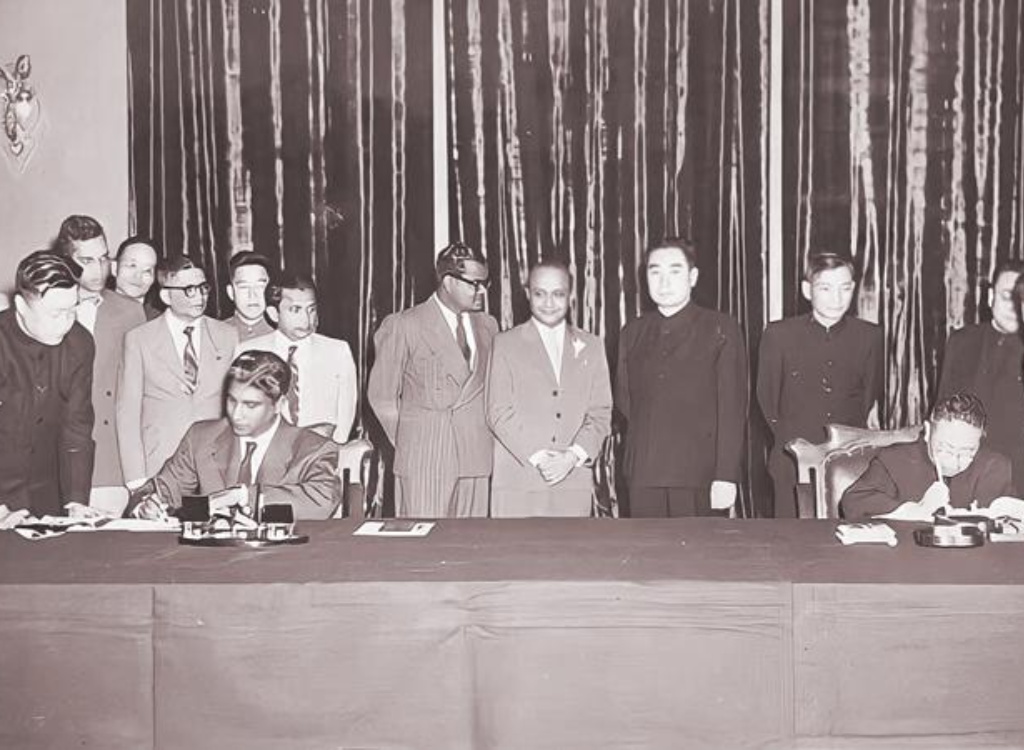
This historical partnership evolved into modern economic cooperation through the 1952 Rice-Rubber pact. A five-year agreement was signed under which Ceylon exported 50,000 tons of rubber annually against 270,000 tons of rice from China, making Ceylon China’s largest trading partner outside Comecon.
Today’s cooperation manifests through successful public-private partnerships like CICT in Colombo Port and HIPG in Hambantota. Port City represents a bold step toward establishing a major financial center in the Indian Ocean region – potentially becoming the Hong Kong of South Asia. The government is expanding these partnerships into industrial zones and public transportation infrastructure.
Sri Lanka’s strategic location and strong regional relationships create ideal conditions for manufacturing investment, particularly as a stable base for Chinese manufacturing targeting India and the broader Indian Ocean region. The ongoing Economic and Technology Cooperation Agreement (ETCA) negotiations with India will enhance market access. Cooperation extends to government digitization initiatives for efficiency and anti-corruption, as well as climate technology transfer for decarbonization.
The Asian Infrastructure Investment Bank, with China and India as its largest shareholders, provides a strong multilateral framework for engagement. The government has implemented clear protections for foreign investments and streamlined business processes, with particular welcome extended to Chinese private companies.
Much has changed over the past two millennia, Sri Lanka continues to learn from China’s rise, particularly in organizing and governing an independent modern industrial country. The fact that prosperity, peace, and security go together cannot be lost on the Chinese leadership, who will find AKD to be a leader who knows what he wants for Sri Lanka, and who has the support of the people behind him. As both nations pursue these shared goals, their partnership demonstrates how established relationships can evolve to meet contemporary development challenges.
As President AKD prepares for his visit to China, several factors make this a uniquely opportune moment for deepening bilateral cooperation. First, Sri Lanka now has a government that combines organizational discipline with democratic legitimacy – a model that could prove influential across the Global South. Second, the country’s strategic location and stable political environment offer China a reliable partner in a region of increasing economic importance. Third, from China’s perspective, successful projects like CICT and HIPG demonstrate the proven track record of Chinese-Sri Lankan cooperation.
Most significantly, President AKD’s government brings three critical elements that investors and partners seek: political stability, policy predictability, and proven execution capabilities. The government’s strong parliamentary majority enables swift decision-making, while its organizational discipline ensures effective implementation. Its commitment to anti-corruption and transparent governance provides confidence to international partners.
For China, Sri Lanka under AKD’s leadership presents an opportunity to demonstrate how its Belt and Road Initiative can evolve to meet contemporary development challenges. With Port City positioned to become a major financial hub and new industrial zones in development, the partnership offers a showcase for mutually beneficial international cooperation.
The time is right for both nations to build on their “lao panyo” relationship and create a model for 21st-century South-South cooperation. AKD’s visit to China could mark the beginning of a new chapter in this ancient friendship – one that combines China’s economic capabilities with Sri Lanka’s strategic advantages to advance both nations’ aspirations for prosperity, peace, and security.
*The writer can be reached at [email protected]
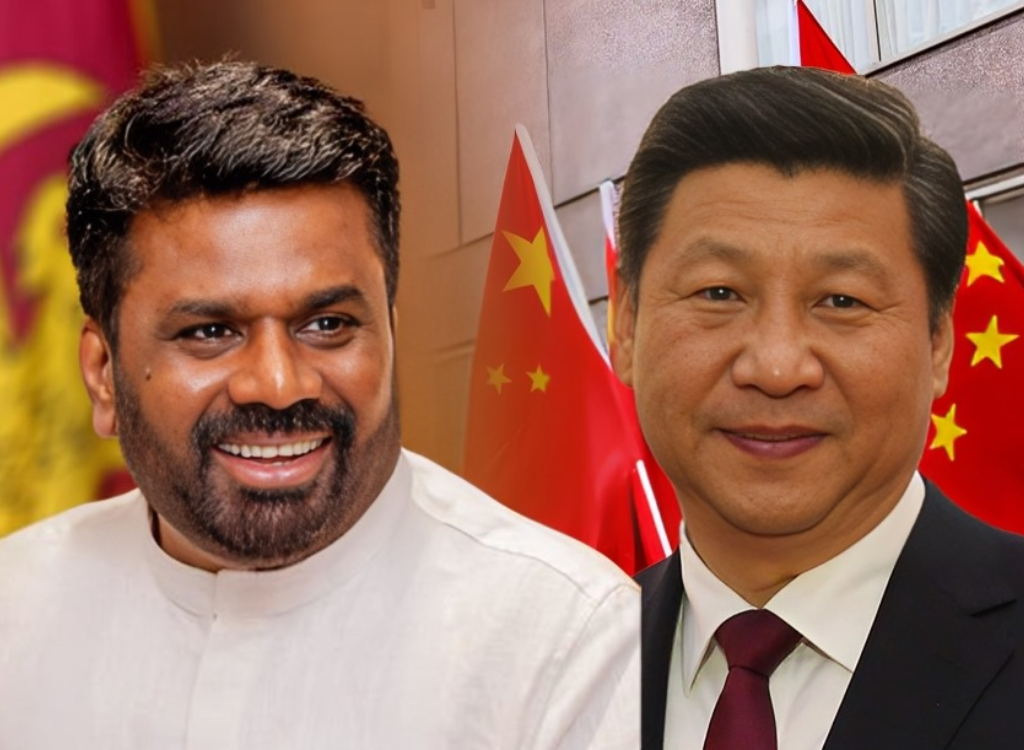

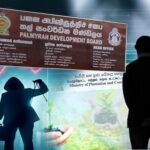

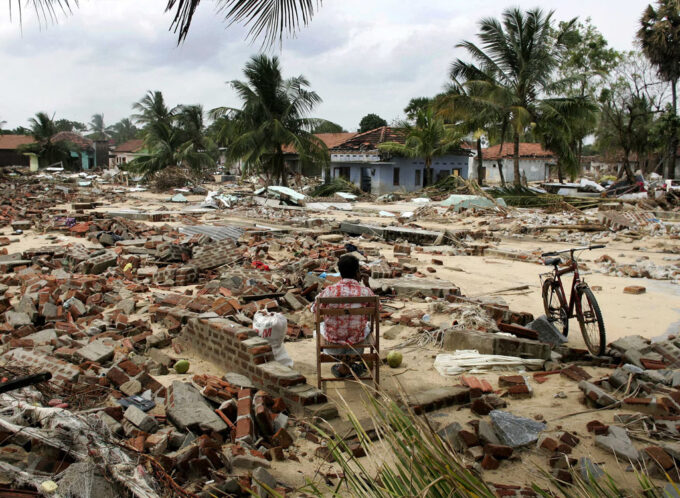
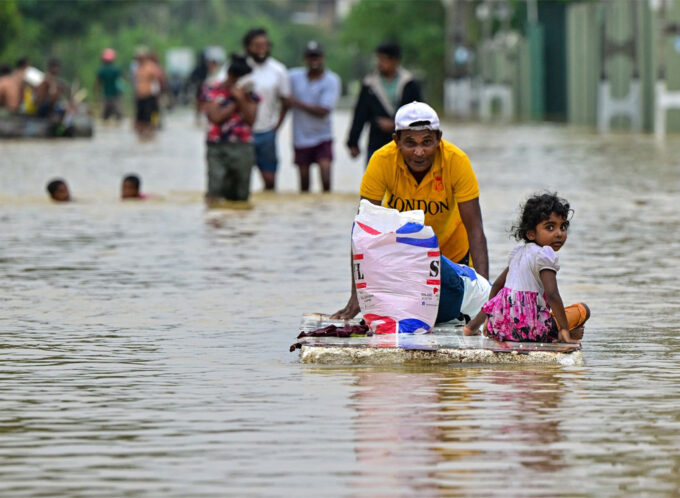
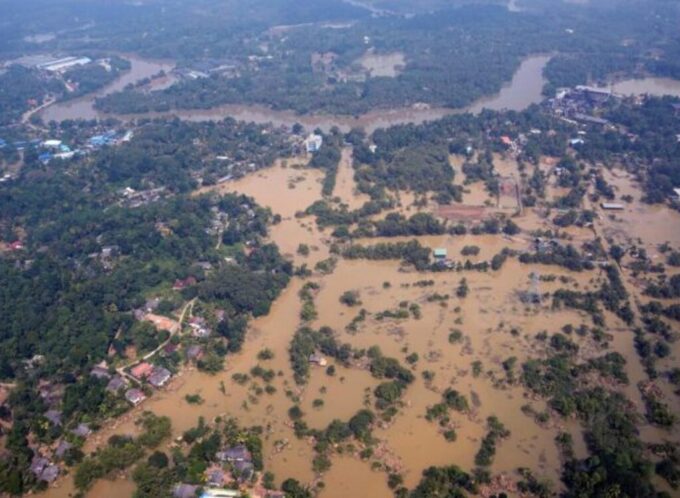

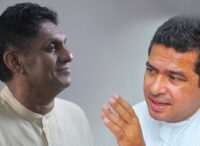

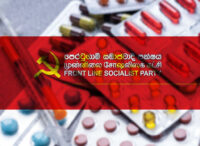
Leave a comment